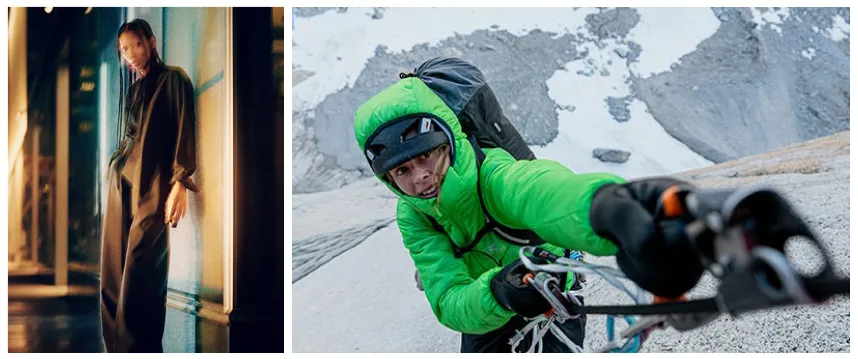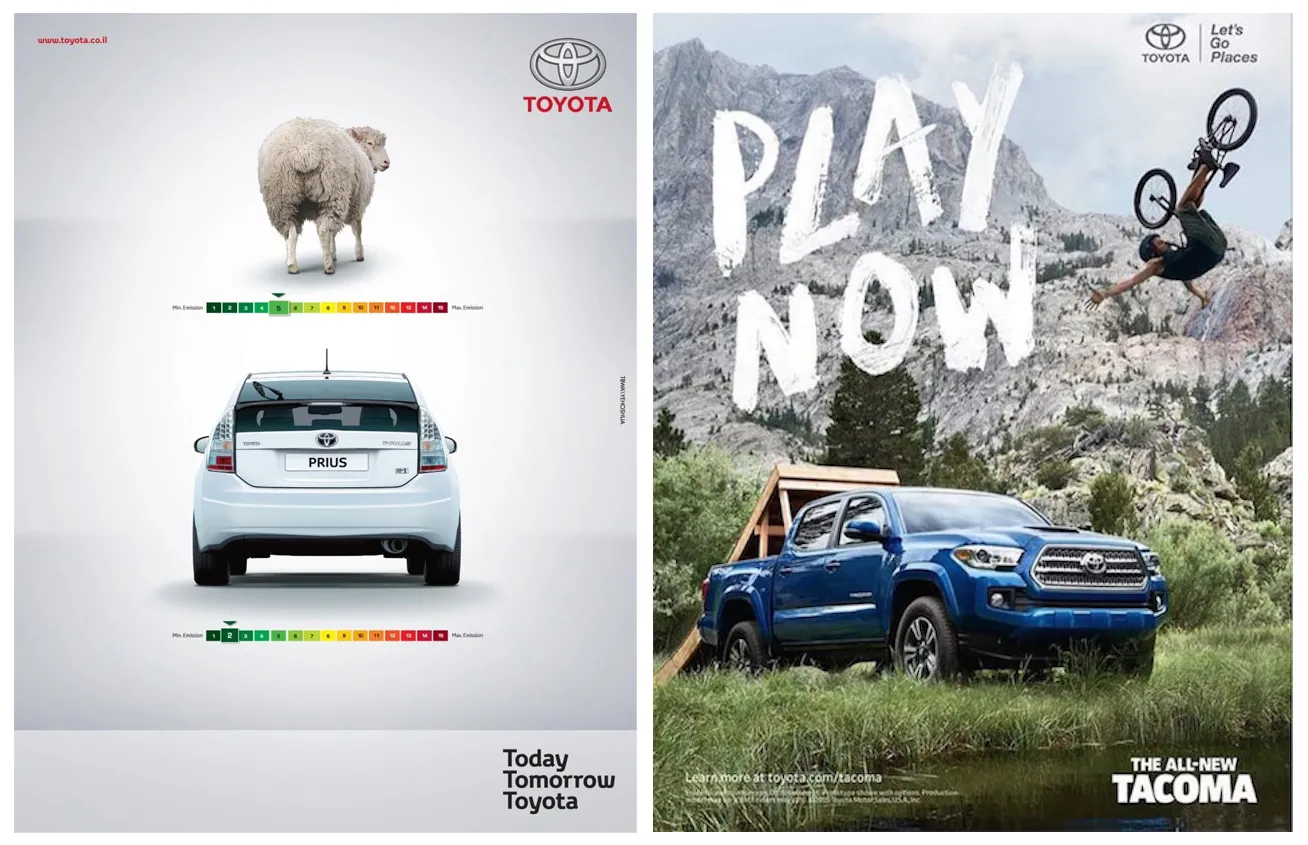Sub brands versus product lines - what's right for you?
In an often ubiquitous-feeling industry, it can seem unnecessary to complicate branding beyond distinct product lines. And truthfully, oftentimes, it is. You're a gear manufacturer? You’ve got tents, cooking ware, and sleeping bags. Oh, you do apparel? Here’s hiking, skiing, and running. Aside from the outdoor industry being relatively niche, successful firms in all industries are trending towards having fewer brands under their organization’s umbrella.
But as new consumer segments continue to enter the outdoors, and as established brands continue to target new audiences and/or develop new products, there are situations where choosing a sub-brand makes sense.
For those of you potentially facing this scenario, we thought it might be helpful to outline some of the key areas of consideration as you try to determine the best path forward for your brand architecture.
Target Audience
If you’re an established brand with a defined target audience, an easy question to ask right off the bat is ‘does this new collection of products target my existing consumer?’ If yes, you are probably safe to move forward developing a new product line under your existing brand architecture. However, there are cases where the addition of new products may begin to span many categories and segments.
Take Arc’teryx, for example. The high-performance outdoor apparel and gear brand has several product lines under its brand umbrella. For lightweight, minimalist climbing and alpinism products that offer the highest protection from alpine environments, customers seek out their Alpha Series. For slightly less expensive, but still high performance products that offer more versatility (aka, not just for scaling cliffs), shoppers are directed to their Beta Series. And the list continues.
While there are slight differences between these lines, each collection of products is still designed with the brand’s target audience in mind: Someone who is most likely an avid recreator in the outdoors and an achiever and who is looking for high-performance gear that they can rely on for their more aggressive pursuits.
However, throughout its pursuit of creating minimalist, high-quality gear, Arc’teryx has also been able to capture the attention of a completely different audience: Urban consumers seeking functional clothes that can be utilized for fashion. And why not! Sleek designs, warmth, waterproofness and durability are functional attributes that should span beyond the outdoor industry, and make sense in the city, as well as in the wild.
To help grow this new audience without alienating their existing base of core outdoor-enthusiasts, the brand took a turn from their Greek alphabet product line approach and created Veilance: a sub-brand targeting urban fashion enthusiasts. This has allowed them to grow both audiences simultaneously, with two very different kinds of advertising.
Unique Value Proposition + Brand Associations
The other consideration when determining your destiny of a sub-brand or product line model is your unique value proposition and the brand associations you have and/or are looking to build.
Your master brand will always have a unique value proposition (target audience + brand offer + emotive, self-expressive benefit) that should apply to all product lines. But what about when the formula begins to change? Take Toyota, who exclusively uses a sub-brand model within their brand architecture. Yes - their offer of quality and efficiency remains relevant across all of their sub-brands. But I highly doubt the feeling a consumer gets from driving a hybrid Prius (I am environmentally friendly, I am helping the world) is the same sentiment they receive from going off road in Tacoma (I am a badass, I am an adventurer).
When elements of your UVP, like the audience and self-expressive benefit, begin to change, it’s worth looking into a sub-brand model so that you can ensure your internal team and your audience is aligned on what your offer really is.
Working lock-step with the UVP are brand associations. You will want to ask yourself if this new collection of products is aiming to create any new associations with your brand. For Toyota, manufacturing trucks was a major component of the brand’s history. And while they prided themselves on their offer of efficiency in relation to the space, being green was not necessarily an association derived from owning a Toyota, let alone a truck. When the master brand launched the world's first mass market hybrid - aka the Prius, in 1997, it was clear that it wanted to sell a car people felt good about driving. For that reason, along with the new target audience and the UVP, the Pruis became its own sub-brand under Toyota’s umbrella.
Resources
The last major factor in the debate between a product line and a sub-brand is your organization’s resources. In a sub-brand model, while the look and feel follow the master brand, you’ll see advertising specific to each sub-brand (like Arc’teryx Veilance versus Arc’teryx and Toyota Prius versus Toyota Tacoma). This means additional marketing budgets and resources, in comparison to a product line. Ensuring you’re equipped internally, or have the right partners outside of your organization, should be the final step in deciding between a sub-brand or product line architecture.
In Closing
Creating a sub-brand can be a great choice when your organization spans many categories and segments. This is the route most brands take when trying to access new, distinct customer segments, when creating a new value prop or when aiming to create new brand associations. Adopting this kind of brand structure allows you to more easily tailor specific campaigns/advertising to slightly different audiences, or more easily convey a value prop that is slightly different to the parent brand.
In comparison, product lines allow you to streamline your marketing, your budgets and your resources. Most importantly, if the new collection of products targets your existing audience, follows your existing UVP and is aligned with your brand’s current associations, creating a product line can reduce potentially unnecessary brand architecture complexity and reduce confusion with your end consumer.
Don’t be afraid to reach out if your brand is going through this process. We’d love to talk it through in more detail.








